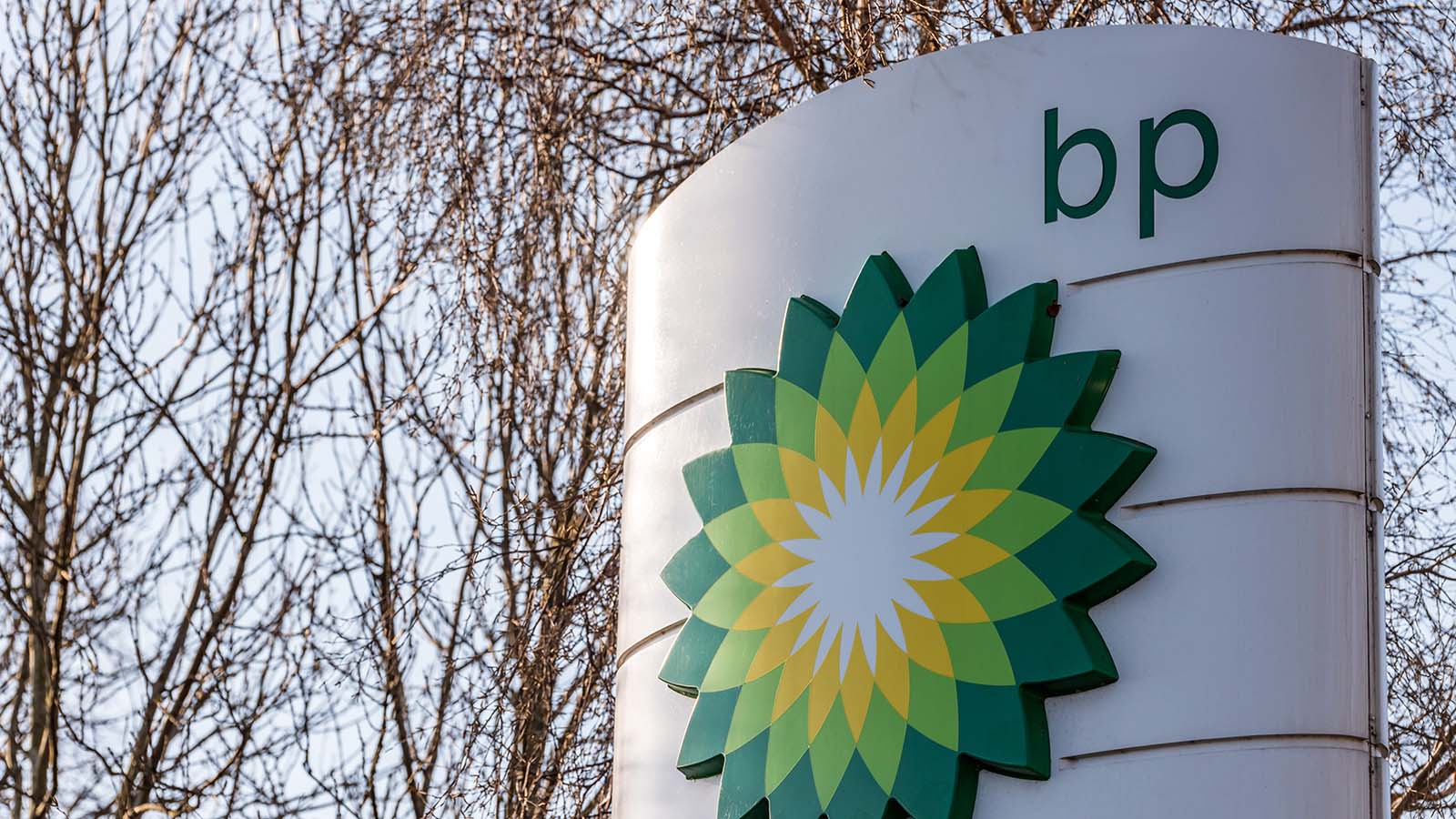While BP (NYSE:BP) stock has bounced off its lows in mid-May, the shares have since stalled out. They have been in a $20 to $24 range. And yes, the stock is well off its 52-week high, which is $43.
Now BP does have its advantages. Let’s face it — in the current harsh environment, having massive scale is essential. Note that the company has a market capitalization of $75 billion and the ability to raise substantial amounts from the debt markets.
BP also has also been able to maintain its profitability. During the latest quarter, the earnings came to about $800 million and the operating cash flows were $1.2 billion. It certainly helps that the company has a diverse platform of businesses.
But even with these positives, I still think the bull case will be tough for BP stock. For the most part, there remain some tough headwinds which could last for a while.
So, let’s take a look at them.
Oil Prices and Global Growth
With the spike in oil supplies and the drastic reduction in oil demand — largely the result of the impact of the novel coronavirus — OPEC had little choice but to initiate cuts in productions. There have also been cutbacks in the U.S. and other countries.
As a result, WTI has staged a nice rally, which definitely helped BP stock. In the meantime, we are seeing more re-openings of economies across the world. No doubt, this will lead to an increase in oil consumption.
Yet even with all this, the price for crude oil is still only just under $30 a barrel. Keep in mind that this price point is generally the lowest break-even point for oil companies.
All in all, the nagging issue is: what will the economic recovery look like? Well, unfortunately, there are indications that it may be sluggish – not a V shape. If so, then oil prices could remain under $30 a barrel.
In a speech this week from Federal Reserve Chair Jerome Powell, he provided a dour outlook on the economy and asked for increased fiscal stimulus. And yes, this sparked a general selloff in the markets.
According to a Wall Street Journal survey of economists, the annual GDP forecast in the U.S. is for -6.6%, compared to the -4.9% estimate last month.
Financials for BP Stock
Over the past year, the debt load for BP has gone from $45 billion to $51 billion. But given the expected declines in cash flows, it will get tougher to service the liabilities.
Granted, the company is cutting costs aggressively and paring back its capital budget. But such moves can only go so far. And while BP is planning to unload $15 billion in assets within the next year or so, it could be tough to fetch decent valuations. The company has actually had to renegotiate some of its recent deals because of the sharp fall in crude prices.
The Dividend
When it comes to the mega-integrated oil companies, the dividend is one of the biggest attractions for investors. In a low-yield environment – where rates are often near zero or below – this is something that can provide for stable returns for conservative investors.
Consider that right now, the yield on BP stock is about 11.3%. But this may not last long. For this year, the company will likely not make enough money to cover it. Note that the quarterly payments come to about $1.7 billion.
So, maintaining the current dividend policy is probably the wrong approach. Other major oil companies, like Occidental (NYSE:OXY) and Royal Dutch Shell (NYSE:RDS.B, NYSE:RDS.A), have slashed their payouts.
Now this is not to imply that BP will institute a major reduction or even a suspension. But it seems reasonable that a 20% to 30% cut is in the cards.
Tom Taulli (@ttaulli) is the author of various books on investing and technology, including Artificial Intelligence Basics, High-Profit IPO Strategies and All About Short Selling. He is also the founder of WebIPO, which was one of the first platforms for public offerings during the 1990s. As of this writing, he did not hold a position in any of the aforementioned securities.

